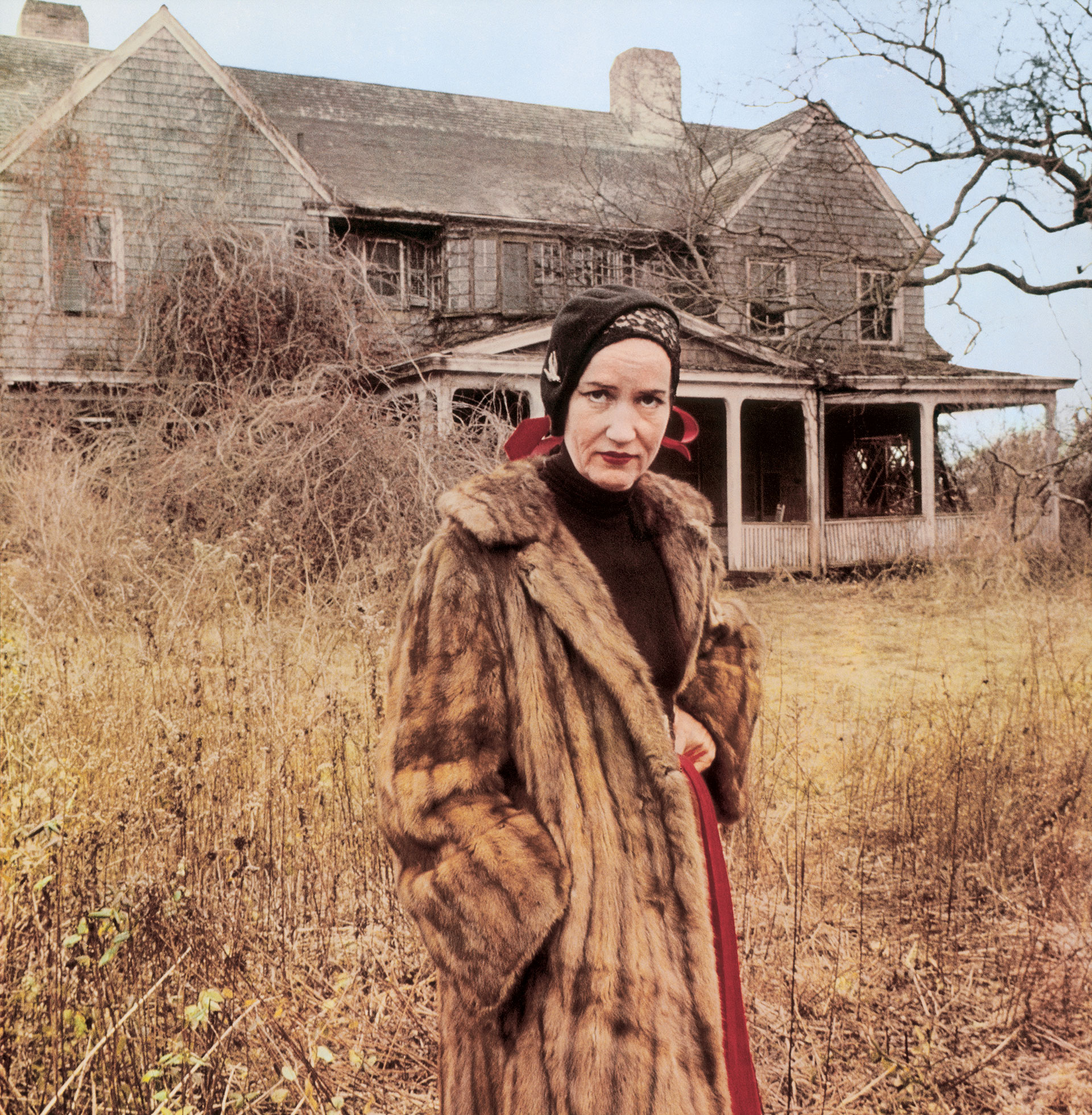
About the Filmmakers
American documentary would be unthinkable without Albert and David Maysles. Pioneers in the art of nonfiction filmmaking, they spearheaded the 1960s movement known as Direct Cinema, an American variation of France’s observational cinema verité, whose practitioners immersed themselves in particular worlds and established very close relationships with their subjects before filming. The Maysles brothers first gained attention with such entertainment-industry portraits as Showman (1963), about Hollywood producer Joseph Levine; What’s Happening! The Beatles in the USA (1964); and Meet Marlon Brando (1965). But they really broke through to critical acclaim with Salesman (1968), a film about the lives of traveling Bible salesmen, and the epochal Rolling Stones concert documentary Gimme Shelter (1970), before going on to create the cult classic Grey Gardens (1976) and many other works. Throughout their joint career, they shared directing credits with editors, such as Ellen Hovde, Muffie Meyer, and Charlotte Zwerin, whose work in shaping the narratives of the films they worked on gave them as much of an authorial voice as the Maysleses themselves. Though David Maysles died in 1987, Maysles Films, headed by Albert, has continued to put out movies and inspire future generations of filmmakers, and its endeavors include not only its production company but also the nonprofit Maysles Documentary Center in Harlem, New York.
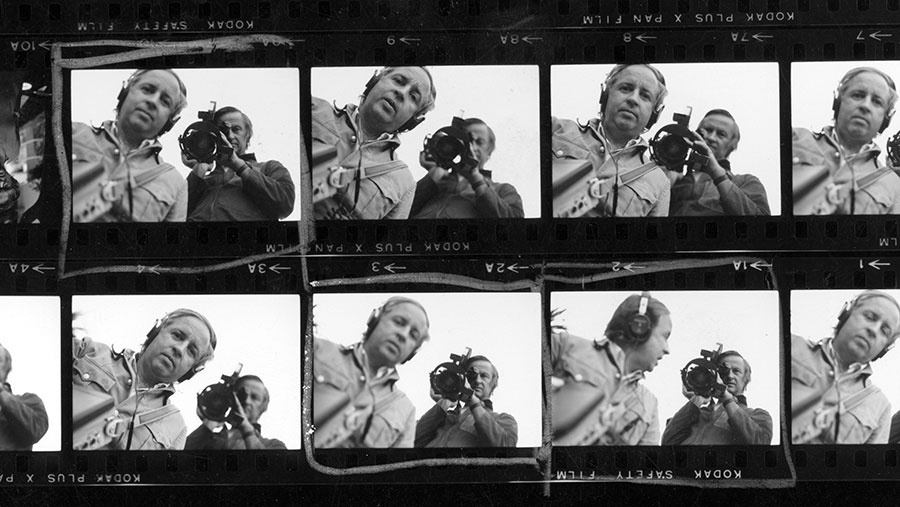
In Their Own Words:
Grey Gardens ’ Filmmakers Tell the Tale
The tale of the making of Grey Gardens is “a love story on several levels,” according to director and cameraman Albert Maysles. “Certainly, there was a great deal of love between my brother [David Maysles] and I, to have devoted all our professional lives to the partnership that we had in making that film and other films. There’s a love story between my brother and myself and the two women . . . Most importantly, it’s a love story between the two women. With all of their recriminations and arguments and unhappiness, they had a bond of love. I think they would have done just about anything for one another. When Big Edie was on her deathbed, Little Edie reported back to us that, as she was dying, in her last moments, she turned to her mother and said, in effect, ‘What more would you like to say?’ Her mother turned to her and said, ‘There’s nothing left to say. It’s all in the film.’”
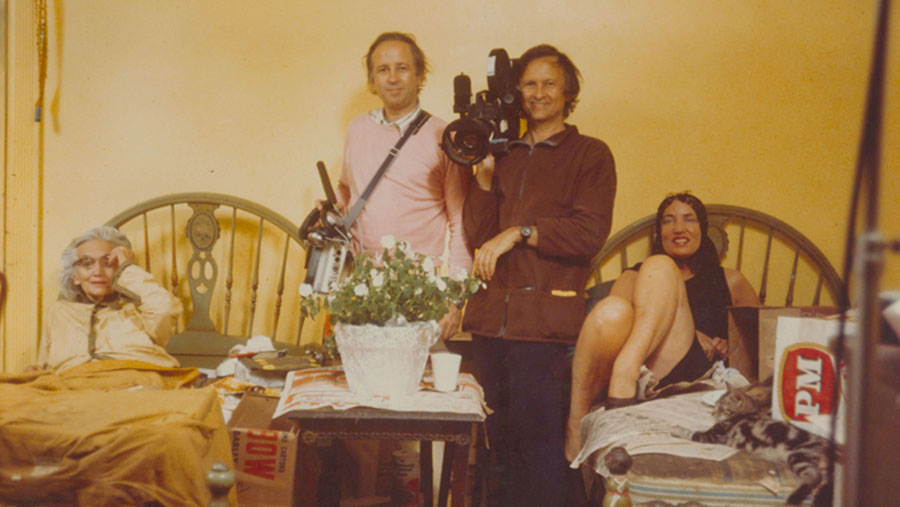 The Maysles brothers first became aware of the Beales in the early 1970s. That’s when they got a call from Lee Radziwill, sister of Jackie Onassis, with an idea for a film about her growing-up years, and specifically her family’s summers in the Hamptons. They began shooting this film at Radziwill’s expense, but the real inspiration came a few days into filming, when Radziwill got a phone call from her eccentric aunt and cousin, Big and Little Edie Beale. Says Albert Maysles: “She happened to get on the phone one day with them, discussing some problems that the Beales were having with the house and the Board of Health, because the house [Grey Gardens] was in such bad shape. So she said, ‘I’m going over there to talk to them. Do you want to come along?’ So even as we arrived we began filming, and looking at that footage later on, it had the same kind of truthfulness and spontaneity that everything else that follows does.”
The Maysles brothers first became aware of the Beales in the early 1970s. That’s when they got a call from Lee Radziwill, sister of Jackie Onassis, with an idea for a film about her growing-up years, and specifically her family’s summers in the Hamptons. They began shooting this film at Radziwill’s expense, but the real inspiration came a few days into filming, when Radziwill got a phone call from her eccentric aunt and cousin, Big and Little Edie Beale. Says Albert Maysles: “She happened to get on the phone one day with them, discussing some problems that the Beales were having with the house and the Board of Health, because the house [Grey Gardens] was in such bad shape. So she said, ‘I’m going over there to talk to them. Do you want to come along?’ So even as we arrived we began filming, and looking at that footage later on, it had the same kind of truthfulness and spontaneity that everything else that follows does.”
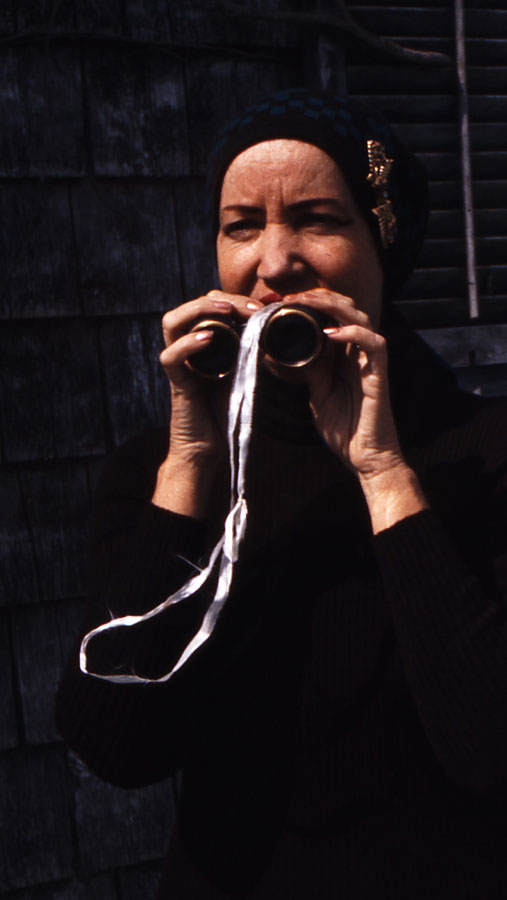 Editor Ellen Hovde remembers: “David called me up and said, ‘Listen, we’re making this kind of home movie for Lee, but we think there’s another kind of film here. If you and I can sort of throw something together, we can show it to Lee and convince her that the real film is about her aunt and her cousin.’” After a week and a half of shooting in the house, which at the time was in a particularly shocking state of squalor, they had enough footage for an hour and a half of film. However, after Radziwill saw the footage, she was so upset that she confiscated the negative and shut down the production. But the Beales enjoyed the experience and attention and kept in touch with the Maysleses. Says Hovde: “A year later, the Beales sort of decided, along with Al, that they would like to do a film about themselves.”
Editor Ellen Hovde remembers: “David called me up and said, ‘Listen, we’re making this kind of home movie for Lee, but we think there’s another kind of film here. If you and I can sort of throw something together, we can show it to Lee and convince her that the real film is about her aunt and her cousin.’” After a week and a half of shooting in the house, which at the time was in a particularly shocking state of squalor, they had enough footage for an hour and a half of film. However, after Radziwill saw the footage, she was so upset that she confiscated the negative and shut down the production. But the Beales enjoyed the experience and attention and kept in touch with the Maysleses. Says Hovde: “A year later, the Beales sort of decided, along with Al, that they would like to do a film about themselves.”
To really capture the lives of these women with intimacy and authenticity, the filmmakers had to immerse themselves in their world without seeming intrusive, relying on their experiences in the Direct Cinema movement. Says producer Susan Froemke: “The relationship between Albert and David and the Beales was critical to what they got on film. The whole idea of this kind of film crew grew out of Bob Drew’s efforts with Time Inc. to re-create the format that was so successful for Life magazine, where you would have a great cameraman and a great reporter . . . That was the tradition that this was built on, but you can’t underestimate what goes on in the editing room, and Maysles has had a tradition of giving their editors director credits, really right from the beginning with Charlotte Zwerin and Salesman.”
Another one of those editors who worked on Grey Gardens, along with Hovde, was Muffie Meyer, who remembers: “We had about seventy hours of film, and about thirty to forty hours of additional sound, and Ellen and I spent months just talking about what the Beales meant to us, who we thought they were, and what was the truth—the real truth—in the situation.” These discussions included how to portray Big and Little Edie, and how much context to give the audience about their pasts: “The question was, What do we do to set up that they’re related to Jackie Kennedy Onassis, that they have this history with the town, and that they live in a neighborhood of extraordinarily rich people, of mansion after mansion after mansion? So we eventually came around to the idea that we would have a sequence close to the beginning that would use newspapers to introduce who they were, and to shoot some of the neighborhood, some of the surrounding mansions, to kind of visually set up the environment in which they live.” Adds Albert Maysles: “We wanted to make it clear where we were but not get away from the essential story, which is of the two women. We also wanted to establish that they were Bouviers in a very simple, direct fashion.”
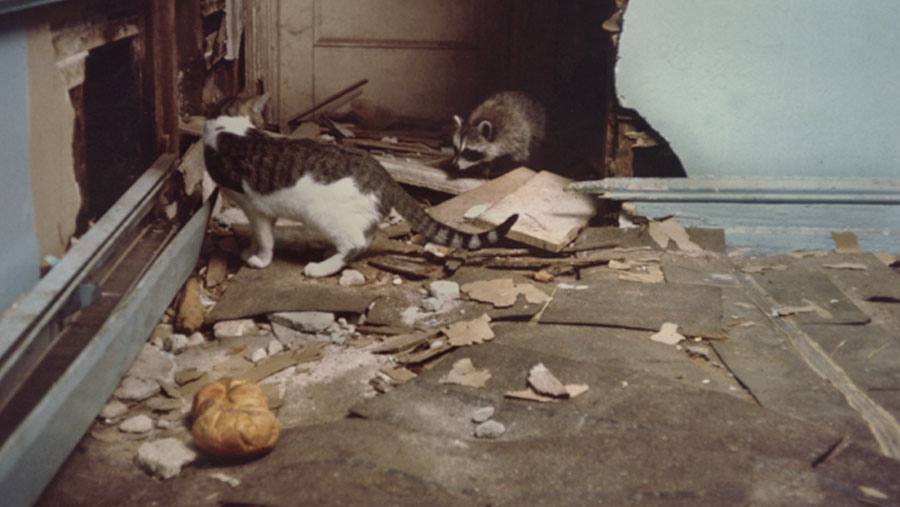 The filmmakers also had to make it clear that the house was in a state of ongoing decay, which they establish early in the film and then chart in a novel fashion—by way of a hole made by raccoons in a wall. Says Meyer: “It became significant that you see the hole up in the wall, so that you have a sense that there’s a kind of deterioration going on. And that hole you will see again, I believe twice more, but most significantly at the end of the film, where it’s enlarged a lot.”
The filmmakers also had to make it clear that the house was in a state of ongoing decay, which they establish early in the film and then chart in a novel fashion—by way of a hole made by raccoons in a wall. Says Meyer: “It became significant that you see the hole up in the wall, so that you have a sense that there’s a kind of deterioration going on. And that hole you will see again, I believe twice more, but most significantly at the end of the film, where it’s enlarged a lot.”
It’s details like that that give the film its sense of time progressing, as otherwise there are few markers. Finding the film in the editing room was a challenge, since, as Meyer puts it, “nothing really happened—that is to say, day after day, they would have the same arguments, the same songs, the same pleasures, the same kinds of interactions. And since a movie—particularly this kind of movie—has to have a beginning, middle, and end, one of the really difficult things was to try to find the story, the meaning, and the structure. After a while, it became very clear to us that the film was about a mother-daughter relationship.”
Big Edie died in 1977, and her daughter stayed at Grey Gardens for a number of years before moving to a cottage in Southampton, living in various spots in New York City, and finally settling in Florida in the 1990s. Thanks to her flamboyant personality and eccentric wardrobe, Little Edie became the film’s breakout star and a cult figure for decades afterward. Some years following her mother’s death, she even got a handful of singing gigs at the Manhattan nightclub Reno Sweeney. They were not well reviewed, but Meyer remembers them fondly: “They had a pianist, and she sang songs and told stories of her life to
sold-out, adoring crowds—largely gay, but not entirely—and she was a huge hit. And it wasn’t, obviously, her singing ability per se. She told stories and connected with the audience. She was a true performer.”
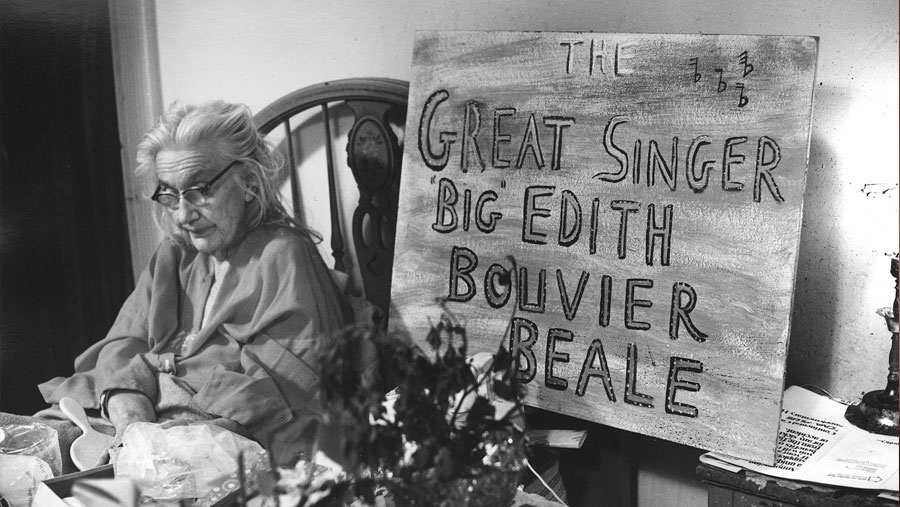 It’s this ability to connect with an audience, on the part of both mother and daughter, that is the key to the film’s success, argues Hovde. “The reason that it works, I think, is that as theatrical as these two women are, they’re being absolutely true. They’re giving you the real picture of who they are and what they feel in a way that most people are unable to do, and that allows you to put yourself into the story.”
It’s this ability to connect with an audience, on the part of both mother and daughter, that is the key to the film’s success, argues Hovde. “The reason that it works, I think, is that as theatrical as these two women are, they’re being absolutely true. They’re giving you the real picture of who they are and what they feel in a way that most people are unable to do, and that allows you to put yourself into the story.”
Says Meyer: “I think both of them saw the filming as a chance to tell their story, as a chance to show themselves as performers, as a chance to show themselves as personalities, and as a chance, really, in a way, to justify their existence and choices. And as such, I think it’s very successful. I think you really do see what they want you to see.” Adds Albert Maysles: “Somehow, they realized what most people don’t understand if you approach them with a movie camera to record their ordinary lives. They understood that their lives were worth recording.”

